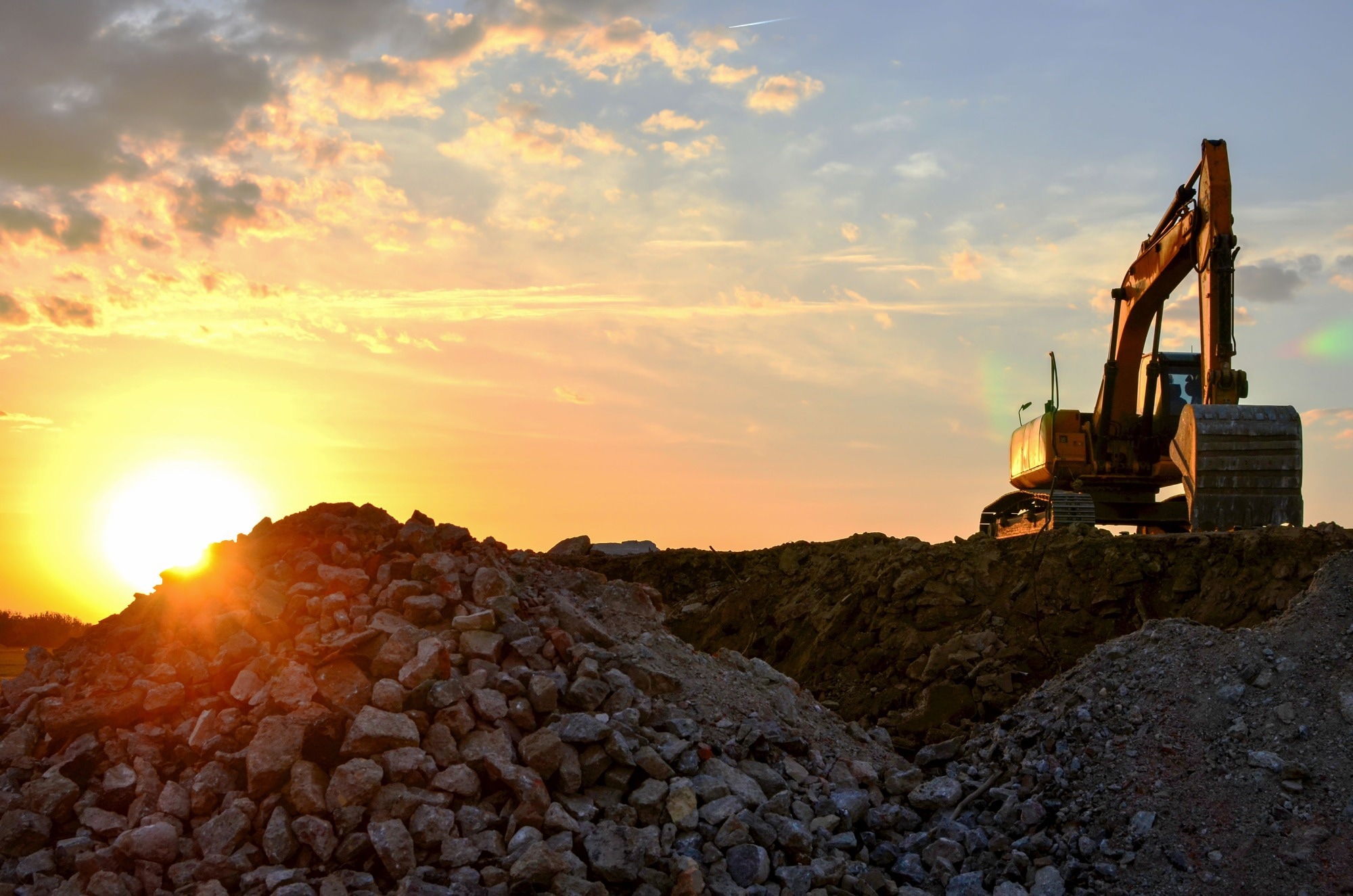 By Nidhi DhullReviewed by Susha Cheriyedath, M.Sc.Jun 5 2024
By Nidhi DhullReviewed by Susha Cheriyedath, M.Sc.Jun 5 2024A recent review article published in the Journal of CO2 Utilization investigated the use of recycled cement in the construction sector, highlighting its role in achieving sustainability in the construction sector.
 Study: Recycled Cement: A Sustainable Future in Construction. Image Credit: Maksim Safaniuk/Shutterstock.com
Study: Recycled Cement: A Sustainable Future in Construction. Image Credit: Maksim Safaniuk/Shutterstock.com
Background
The cement industry emitted approximately 1.6 billion metric tons of CO2 in 2022, significantly impacting ozone layer depletion. In response, researchers are exploring sustainable alternative binders to lower CO2 emissions from traditional cement production. Additionally, managing construction and demolition (C&D) waste effectively remains a substantial challenge.
The development and application of recycled cement have surfaced as promising solutions. Yet, recycling cement is complex as it involves reprocessing construction waste or unused hydrated cement to be diverted from landfills and integrated back into production. The specific applications and advantages of recycled cement vary depending on the construction project type and the regional availability of materials.
This review article delves into ongoing research and development in the use of recycled cement as an eco-friendly option for infrastructure projects.
Recycled Cement in Construction
Recycled cement provides several benefits within the construction industry. It supports sustainable concrete production, green building materials, road and pavement construction, soil stabilization, and low-carbon mortars, thereby reducing the overall environmental impact of the construction sector.
Besides environmental sustainability, cement repurposed from waste materials also improves structural integrity, durability, and cost-effectiveness. Consequently, the construction industry is rapidly embracing recycled cement and its applications as part of a transition towards sustainability and environmental responsibility.
Production Methods
Recycled cement production involves various mechanical, chemical, and thermal processes that contribute to its unique properties. The content of non-hydrated cement in low water-to-cement (w/c) ratio pastes influences its recovery potential. Cement waste exhibits substantial residual cement levels, ranging from 25-36 % at a w/c ratio of 0.2.
Producing recycled cement below 650 °C can decrease CO2 emissions by over 70 % and energy consumption by 60 %, compared to traditional cement production, which primarily relies on virgin materials like limestone, causing significant environmental disruption.
Conversely, recycled cement production utilizes C&D waste and incorporates industrial by-products such as lime slurry and fly ash, enhancing the properties of the blended cement.
Properties of Recycled Cement
The source material and production process determine the chemical and physical properties of recycled cement. Like traditional cement, its composition is dominated by CaO, SiO2, Al2O3, and Fe2O3, but it has higher SiO2 and Al2O3 and lower CaO content due to sand/stone powders from grinding.
Recycled cement has a lower density than anhydrous cement, as it contains dehydrated cement compounds rather than clinker phases. It also has a significantly higher specific surface area (up to 12 times greater) due to the dehydration process, which also shortens the setting time of its paste.
Recycled cement exhibits an increasing water demand for standard consistency with rising treatment temperatures. This high water content impacts the cement's overall performance. Including retarders like gypsum and borax can decrease water requirements for normal consistency. Furthermore, superplasticizers can be incorporated to manage water demand and increase the compressive strength of thermally treated recycled cement.
Reusing Cement Reduces Construction Waste
The cement industry raises serious environmental concerns due to its high energy consumption, greenhouse gas emissions, and resource depletion. Even with significant advancements towards sustainability, most C&D waste still ends up in landfills, negatively affecting land ecosystems.
Using recycled cement effectively can help mitigate waste and promote its management. It utilizes C&D waste as a valuable resource, contributing to a circular economy and an eco-friendly construction approach. To maximize the benefits of recycled cement, advancements in technology and quality control are vital.
Appropriate strategies, regulatory frameworks, and standards are needed to incorporate recycled content in cement. Additionally, all stakeholders in the construction industry should be informed about the benefits and applications of recycled cement through collaborative efforts involving researchers, industry experts, and policymakers.
Future Prospects and Conclusion
This review offers a global perspective on recycled cement production, its benefits, and its applications. It underscores the significant potential of recycled cement in fostering a circular economy, enhancing sustainability in cement production, and supporting carbon neutrality.
However, the successful implementation of recycled cement poses challenges due to variations in properties based on the production process. Researchers recommend further studies to understand the rehydration mechanism, phase composition, and microstructural development in recycled cement to integrate it effectively into mainstream construction practices and build a sustainable and resilient infrastructure.
Journal Reference
Shivaprasad, K. N., Yang, H.-M., & Singh, J. K. (2024). A path to carbon neutrality in construction: An overview of recent progress in recycled cement usage. Journal of CO2 Utilization, 83, 102816. https://doi.org/10.1016/j.jcou.2024.102816, https://www.sciencedirect.com/science/article/pii/S2212982024001513
Disclaimer: The views expressed here are those of the author expressed in their private capacity and do not necessarily represent the views of AZoM.com Limited T/A AZoNetwork the owner and operator of this website. This disclaimer forms part of the Terms and conditions of use of this website.